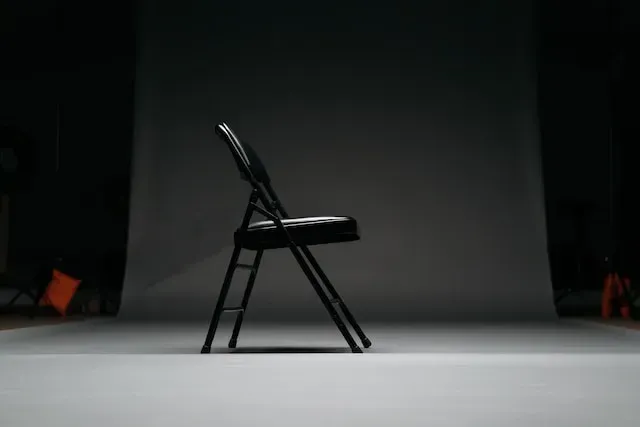
Empty Chair Technique
Read our guide about the Empty Chair Technique, a transformative psychotherapy method that addresses unresolved emotions and conflicts for healing and insight. Download now!
Get carepatron free
Commonly asked questions
The empty chair technique is a Gestalt therapy technique where the client imagines talking to a significant person in their life, with an empty chair representing that individual. By expressing their thoughts and emotions as if they were speaking to and understanding the other person's perspective, the client can process unresolved feelings or conflicts. This approach helps the client gain self-awareness and emotional healing.
The empty chair technique involves the client imagining they are talking to another person, represented by an empty chair. In the two chair version, the client switches between two chairs, representing different sides of themselves or an internal conflict. However, other times, the empty chair and two chair techniques are used interchangeably and are both referred to as "chairwork." The empty chair technique can involve switching roles or seats when appropriate and necessary for the client.
Other forms of talk therapy include cognitive-behavioural therapy (CBT), where clients work on changing negative thought patterns, and psychodynamic therapy, which focuses on exploring past experiences to understand current behavior.







